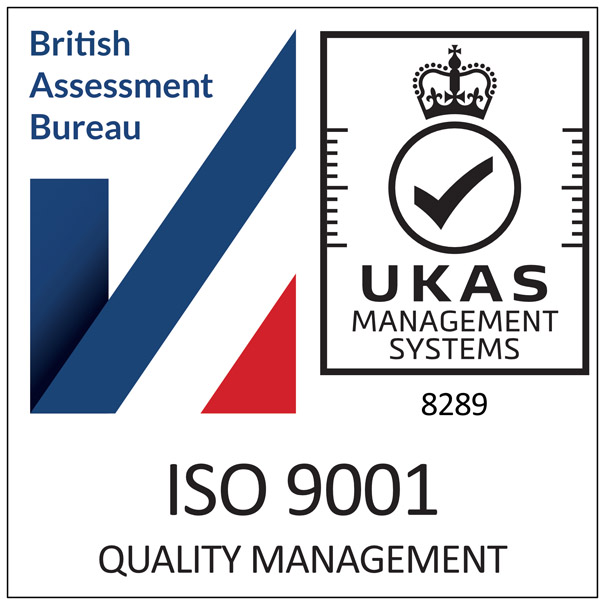
- Plaster and render cracking
Cracks are an enemy of the builder and cracking in the plaster and render can impact the finish of the final project. Cracks are a natural result of shrinkage caused when the render or plaster dries out or changes in heat that cause the building to move. They may not be structurally significant but your clients want a top notch finish.
A simple solution is to use SITEWORX Plaster and Render Fibres. The fibres can be stirred into your plaster or render mixture before application. These polypropylene monofilament plaster and render fibres are specifically designed to minimise the impact of shrinkage and cracking.
- Brickwork and blockwork moving and cracking
The bricks and blocks that act as the component part of any building are rigid materials. However, the mortar used to hold these bricks and blocks together will naturally shrink when it dries. As with plaster and render, the mortar can also expand and recede thanks to the heat. This movement in the mortar will create tension and pressure that can cause the inflexible blocks and bricks to crack.
The solution is to add some room for expansion in the joints and so prevent movement in the bricks. Placing an expansion joint every 10 to 12 metres will reduce the chance of cracking. SITEWORX expansion joint filler is made from polyethene foam and is low in moisture properties. This works well in expansion joints, as it will expand and contract with the natural movement of the building.
- Concrete cracking
Concrete can also crack with movement. As with brickwork, the solution to preventing such cracking is the use of an expansion joint. If you form a grid of expansion joints across the expanse of the concrete you are pouring, when the concrete shrinks and hardens, cracks will be reduced. With concrete, you should choose SITEWORX fibreboard expansion joint to act as a flexible filler. The fibreboard is impregnated with bitumen, making it ideal for filling expansion joints in concrete.
- Damp proofing
When building, it is essential to include effective damp proofing measures in your plans. If you are controlling potential damp rising from under the floors, then you should select a damp proof membrane.
- Vapour control
Damp rising up from the floor may not be the only factor in construction. You will also need to prevent any moisture from inside creeping into the walls and then accumulating in the insulation cavities. To address this issue of damp, or vapour control, you should purchase a vapour control membrane.
- Ground stabilisation
Finally, you will need to create a solid foundation on which to build paths, patios and driveways. You will need some method of successful ground stabilisation that will also allow for essential drainage.
As with any construction project, the unseen preparation of the land can significantly impact the success of the final product. Choosing a specialist geotextile fabric, such as GROUNDTEX, will give you the peace of mind that the ground is both stable and will still permit the free flow of rainwater to the soil below.
With 20 years’ experience, Growtivation understands the needs of construction professionals and has concentrated on providing high performance solutions with our Product That Works range.
Find out more about the Growtivation Product That Works range by downloading our Product Guide.
To find out where you can buy Growtivation products visit our online Where to Buy facility or contact the friendly team at Growtivation for advice on 0800 197 8885 or email sales@growtivation.com.












